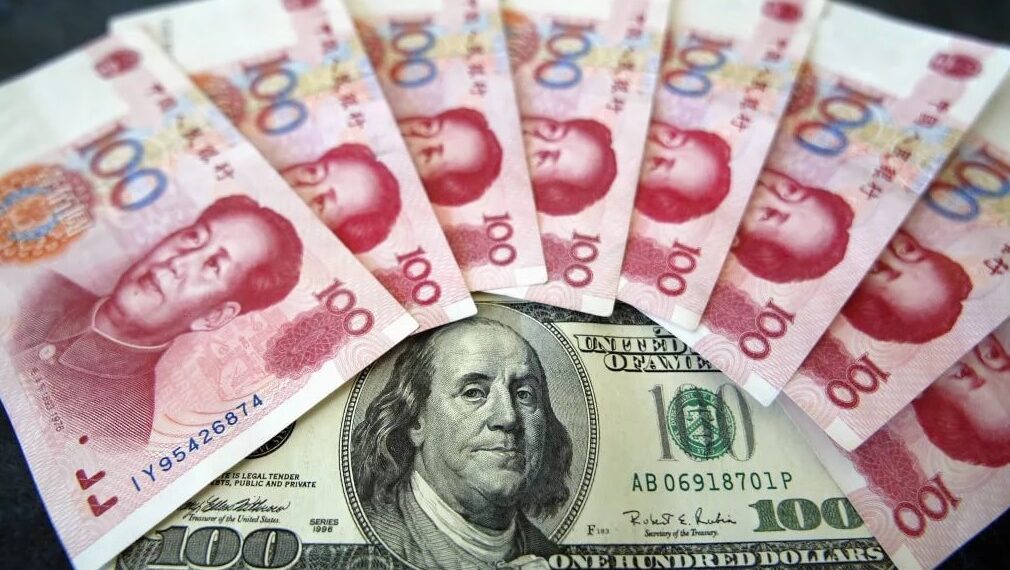VLADIVOSTOK (Realist English). The head of Sberbank Herman Gref at the Eastern Economic Forum explicitly hinted at the birth of a new reserve currency. According to him, there will be a replacement of the Dollar and the Euro by the Yuan with a parallel strengthening of the value of Russia’s own currency. And Russia will not return to the former situation of the dollar’s influence on the domestic economy.
The process is already in full swing and is expressed in specific monetary instruments that will seriously change our economic reality in the near future.
VTB was the first Russian bank to launch money transfers to China in Yuan. The service will allow to send money to China using bank details and as of now is available for transfers to legal entities. One can send up to 100 million rubles a month via remote channels of the bank, and without restrictions on the amount – in offices. This is of great importance for international trade and parallel imports.
Sberbank starts lending in yuan and rupees, and sees demand for it, said the first deputy chairman of the Board of the bank Alexander Vedyakhin. This instrument has far-reaching consequences in joint commercial and industrial projects with China and India.
The head of VTB Andrey Kostin, speaking in the studio of the Russian society “Knowledge” on the sidelines of the EEF, said:
“Of course, we understand that the yuan is not yet the most comfortable currency due to the peculiarities of the Chinese financial legislation and restrictions related to the use of this currency.”
According to Kostin, “yuanization” does not pose threat to the Russian economy, but the yuan is much more convenient and safer for settlements than the dollar or euro, so we need to learn how to work with it effectively.
Russia’s top banks are already using yuan deposits with might and main as a means of retaining customers against the backdrop of risks of volatility of liabilities and actively offer them deposits in yuan. This is indicated by statistics for August. The first such products appeared in March with a rate of 4-8% per annum, but they did not last long: now the rates are usually 0.5–2% per annum.
Another powerful evidence of yuanization is Russia’s purchase of new friendly currencies. In September, it was reported that the Russian Federation would purchase them in the amount of about $ 70 billion (about 4.4 trillion rubles). This is done in order to slow down the growth of the ruble. Obviously, the UAE dirham or the Turkish lira is not a priority because of their instability. First of all, the strategy is focused on China.
But for reserve purchases of the yuan, a “special agreement with the PRC” will be required. Perhaps it will be signed on the sidelines of the EEF. Bloomberg expects that after this, the Russian authorities plan to move to a longer-term strategy of selling assets in Chinese currency to finance investments.


















